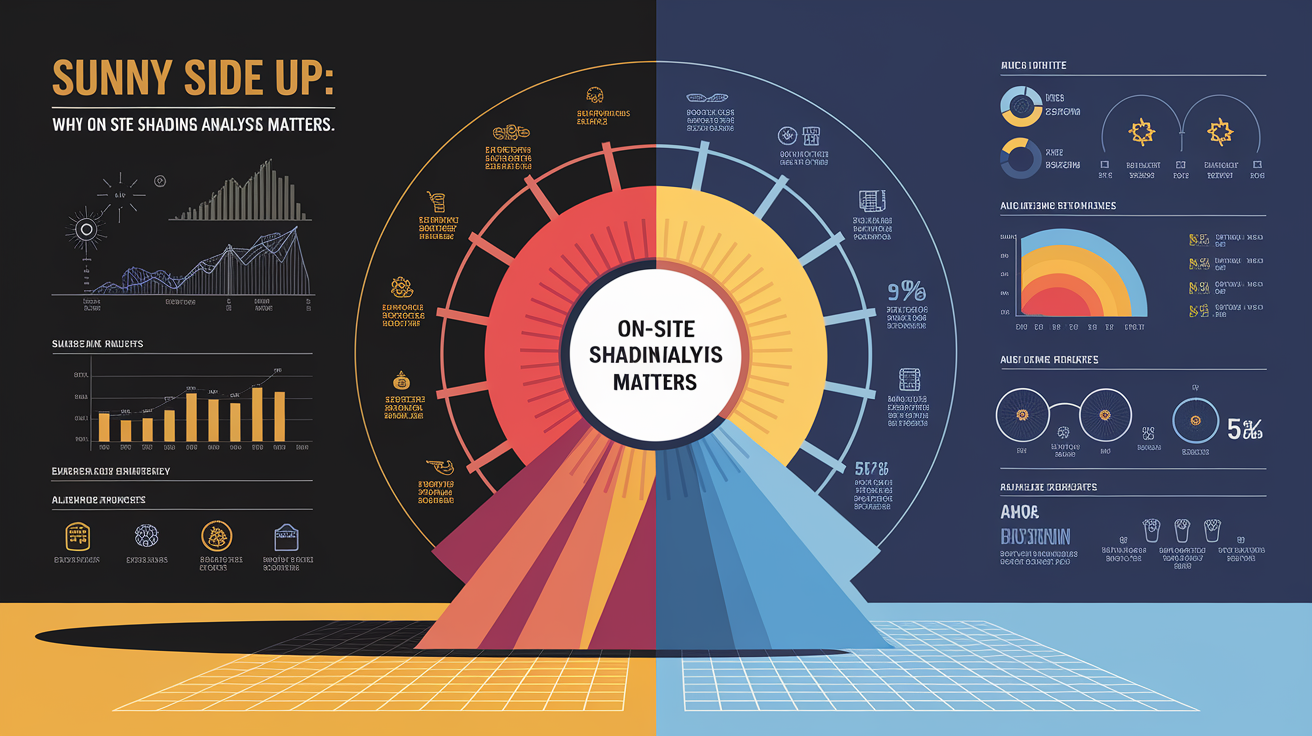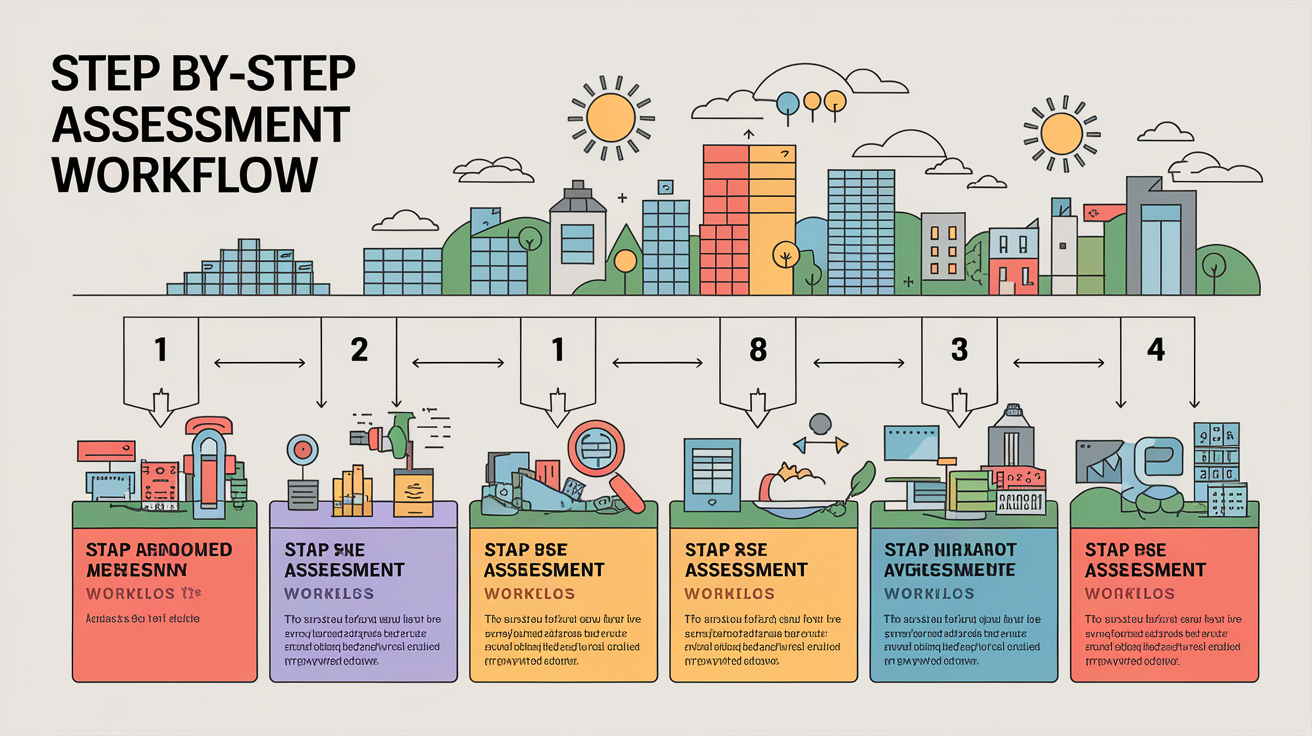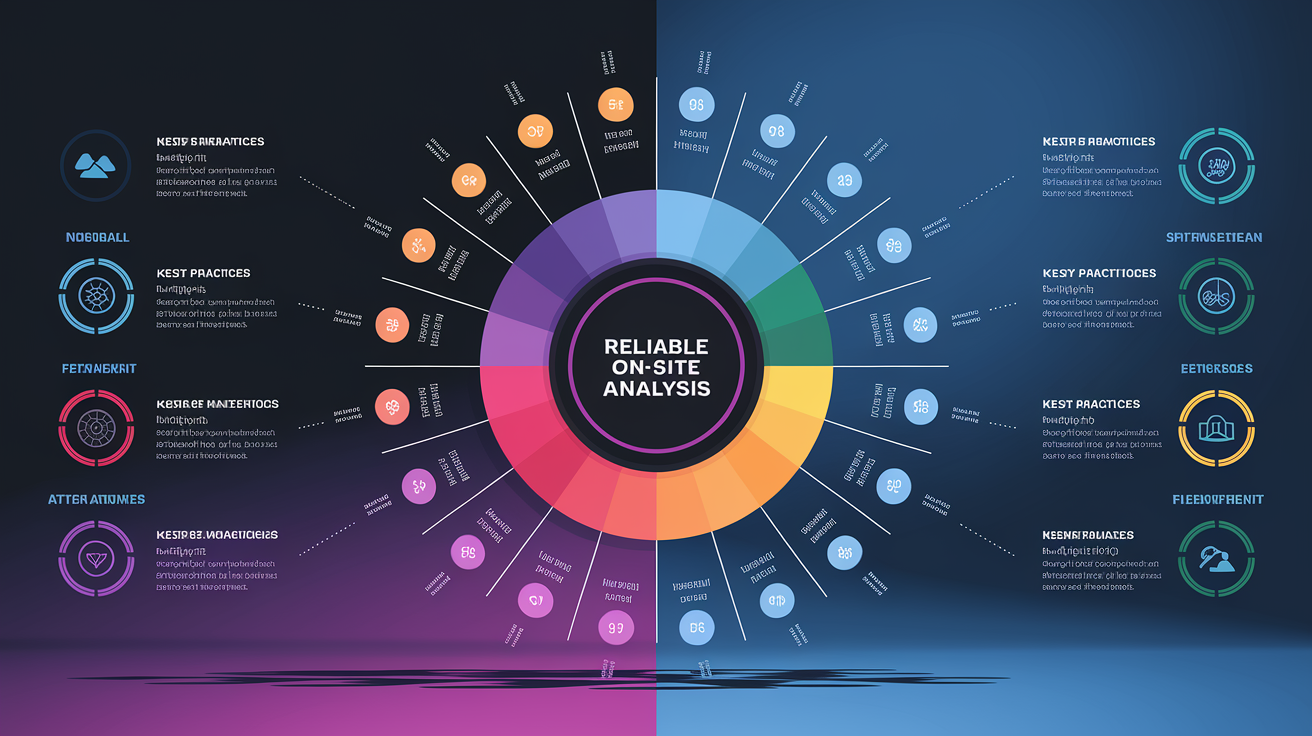Maximizing Solar Yield: On-Site Shading Analysis and Tools for Accurate Solar Assessments
Sunny Side Up: Why On-Site Shading Analysis Matters
Shading is one of the most underestimated threats to solar panel performance. Even partial obstruction from nearby trees, buildings, or terrain can reduce solar panel efficiency by 10–40%, significantly impacting the return on investment for a photovoltaic (PV) system. An on-site shading analysis identifies these potential problem areas before installation, enabling precise system design and energy yield optimization.

By quantifying shading losses and understanding seasonal variations in solar irradiance, solar professionals can determine optimal panel placement, array orientation, and technology selection. This analysis not only ensures maximum performance but also improves the accuracy of financial projections in renewable energy planning.
Without a thorough solar site evaluation, installers risk overestimating system output, leading to unmet performance guarantees and dissatisfied clients. In short—more sunlight means more savings; shading analysis makes that achievable.
Step-by-Step On-Site Shading Assessment Workflow
A structured approach ensures comprehensive data collection and accurate assessment of shading impact. A typical workflow includes:

- Preliminary Site Review – Assess satellite imagery, topographic data, and property boundaries to plan field activities.
- On-Site Measurements – Collect precise geographic coordinates (latitude and longitude) for solar path modeling, along with measurements of obstruction heights using tools such as laser distance meters, clinometers, or drones.
- Obstruction Mapping – Document the position and dimensions of nearby trees, structures, and terrain features that may cause shading.
- Solar Path Analysis – Calculate the sun’s trajectory across different seasons to determine critical exposure hours, especially between 9 AM and 3 PM when PV output peaks.
- 3D Modeling and Simulation – Create accurate virtual models using solar modeling software to assess how shadows move across the site over time.
- Shading Loss Calculation – Use simulation results to calculate metrics like Solar Access Value (SAV) and Total Solar Resource Fraction (TSRF), which quantify unobstructed solar radiation.
- Design Optimization – Adjust array placement, tilt, or technology (e.g., microinverters, power optimizers) to mitigate shading effects.
Top Tools for Shading Analysis and Solar Assessment
The market offers a wide spectrum of solar assessment tools designed to match different project scales and complexities. Key options include:

- Solar Pathfinder – A handheld device ideal for residential and small commercial projects; provides a quick visual reference of shading throughout the year.
- HelioScope – Cloud-based software that integrates 3D modeling with system design and performance simulation for precise energy production estimates.
- Aurora Solar – Offers advanced shadow mapping and financial modeling for both residential and commercial PV systems, incorporating GIS and real-time irradiance data.
- SketchUp with Plugins – Paired with solar-focused extensions, enables custom 3D site models and detailed shading simulations for complex environments.
In addition to these, professional-grade solar modeling platforms can integrate drone imagery, GIS layers, and automated shading loss projections for unparalleled accuracy in photovoltaic performance evaluation.
Best Practices for Reliable On-Site Analysis
Achieving accurate shading assessments requires both technical precision and strategic planning:

- Use Multiple Data Sources – Combine on-site observations with high-resolution aerial imagery for a complete shading coefficient profile.
- Simulate Across Time Scales – Analyze hourly, seasonal, and annual variations; shading in winter may not occur in summer, and vice versa.
- Leverage Advanced Imaging – Drones with LiDAR or photogrammetry capabilities capture nuanced terrain and structure data for enhanced shadow mapping.
- Verify with Solar Radiation Measurements – Use pyranometers or reference cells to validate modeled solar irradiance values on-site.
- Plan for Future Growth and Changes – Account for likely tree growth, planned buildings, or structural modifications that could increase shading over time.
Incorporating these best practices boosts the credibility of your energy yield analysis and ensures long-term solar system performance.
Shading the Doubts Away: Next Steps
Comprehensive on-site shading analysis is no longer a luxury—it’s a prerequisite for sound solar installation planning. By coupling precise field measurements with advanced shadow analysis software, installers and designers can deliver PV systems that meet or exceed projected outputs while building client trust.
Next steps for solar professionals and informed consumers alike:
- Integrate Assessment into Early Planning – Conduct shading analysis at the feasibility study stage to align expectations on energy production.
- Invest in the Right Tools – Choosing accurate, scalable solar assessment tools pays dividends over the project lifecycle.
- Stay Updated – Monitor emerging technologies such as UAV-based modeling and automated shadow mapping to consistently improve analysis precision.
- Educate Clients – Communicate why shading matters and how mitigation strategies protect their investment.
As solar technology advances, so does our capacity to predict and mitigate shading losses. Mastering on-site shading analysis means not just installing panels—but installing them for maximum productivity, resilience, and return on investment.







